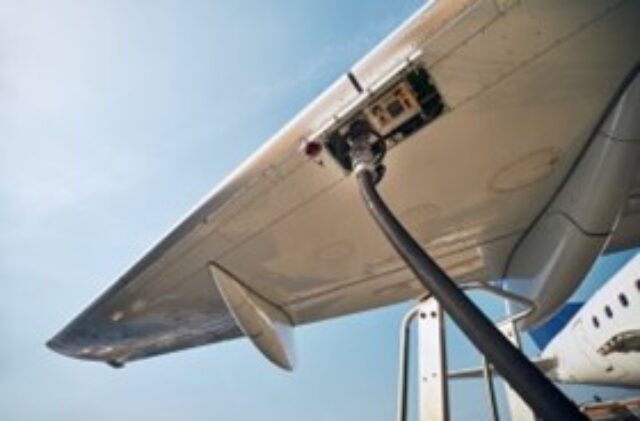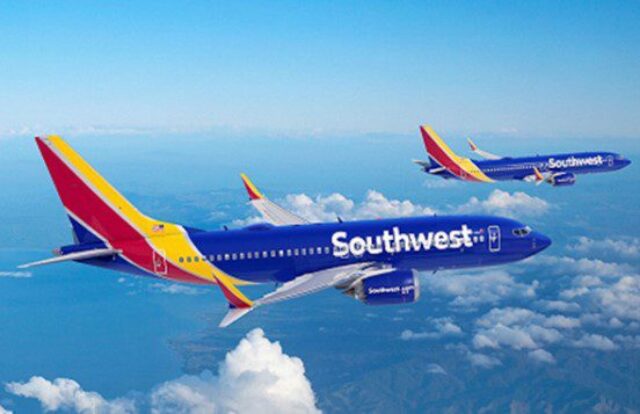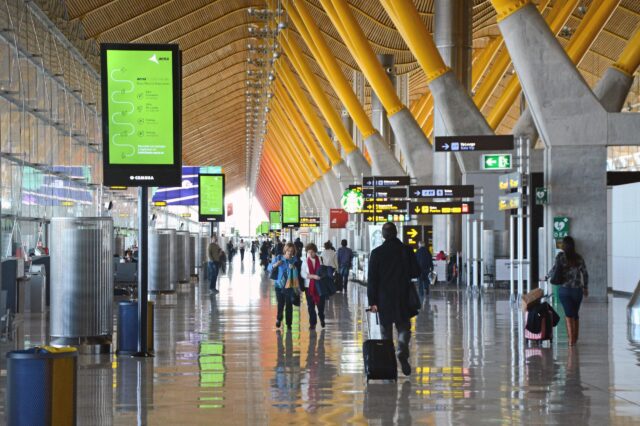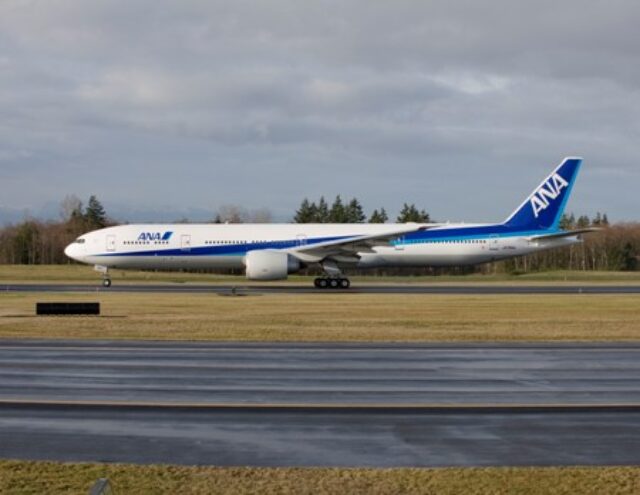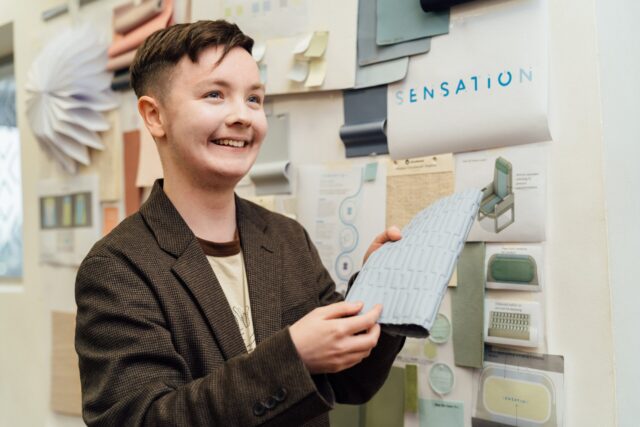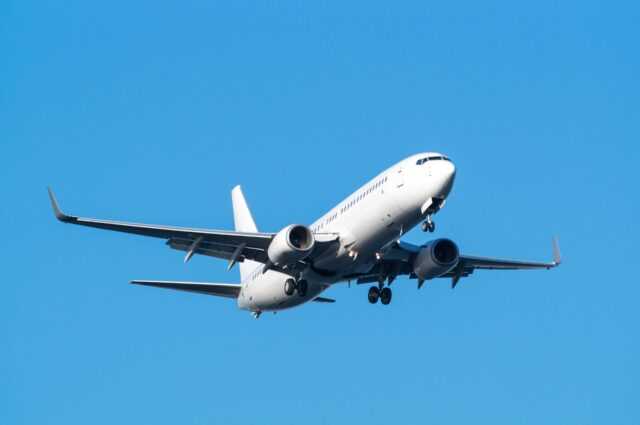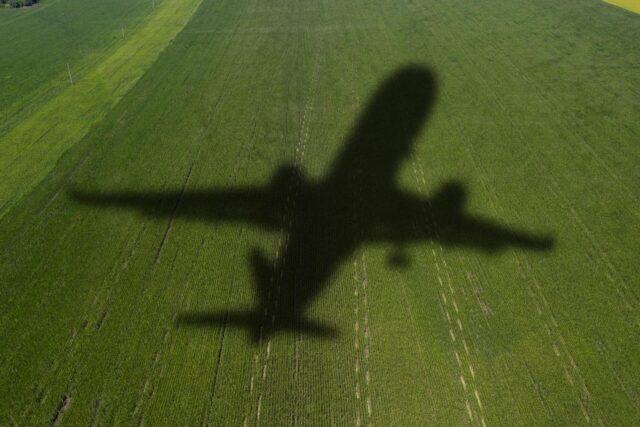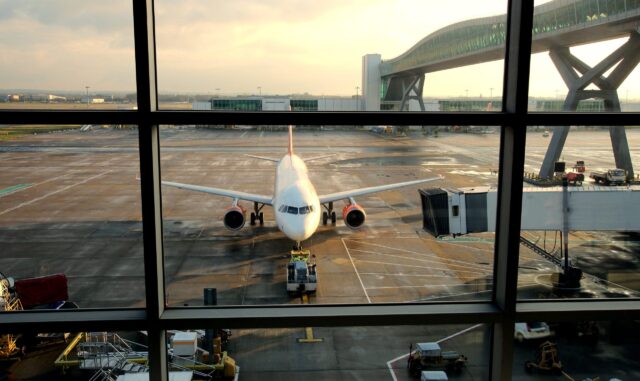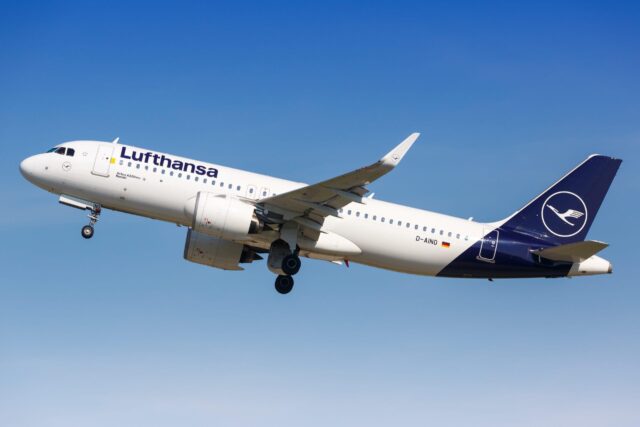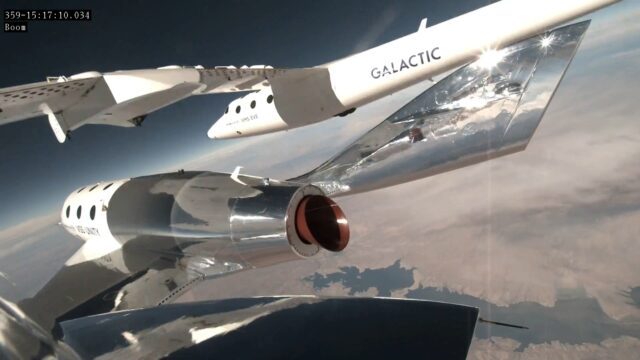Boom XB-1 concludes 13th and final flight
February 11, 2025

Boom Supersonic’s subscale demonstrator, XB-1, has concluded its flight test campaign; making its 13th and final flight from Mojave’s Air and Space Port. However, although its mission to generate and validate data (to be leveraged by the upcoming Overture airliner) is now complete, “XB-1 will live on in the lobby of our new HQ in Denver, where her next mission is to inspire Boom Supersonic employees to build amazing things,” explained CEO and founder Blake Scholl.
Having previously surpassed the sound barrier on its previous flight – during which XB-1 reached a top speed of Mach 1.11 and a maximum altitude of 35,920ft – the mission of its second supersonic flight was “to continue to assess aircraft performance and data collection above Mach 1, including capturing acoustic sonic boom data and specialized photography known as Schlieren images,” explained Boom.
As NASA explains, the Schlieren imaging system is “used to visualize the flow away from the surface of an object,” providing a visual depiction of the supersonic shock waves and essentially ‘making the invisible visible’. However, it’s a tricky feat to accomplish. With a NASA camera on the ground, chief test pilot Tristan ‘Geppetto’ Brandenburg had to position the aircraft at an “exact time in a precise location”, with XB-1 achieving one Schlieren photography pass out of its three supersonic runs.
As with flight 12, live supersonic air-to-air views were made possible by a Starlink-enabled T-38 chase aircraft, although Scholl had cautioned prior to the flight that “we’ll have a little less air-to-air vs last time as XB-1 will be doing some solo passes”.
The first time a supersonic jet has been developed by an entity other than a nation state, XB-1 is also the first civil supersonic aircraft in American history. (The last clean-sheet design of a supersonic aircraft in the US was 2006 with the Lockheed Martin F-35)
Learnings from the test campaign will now inform Boom’s upcoming Overture airliner, due to enter service in 2029, which Scholl explained was now only a week away from a ‘design freeze’. Expressing his sadness that XB-1 will never fly again, “a few more years of not giving up and we’ll have something even more majestic in our skies,” concluded Scholl.
